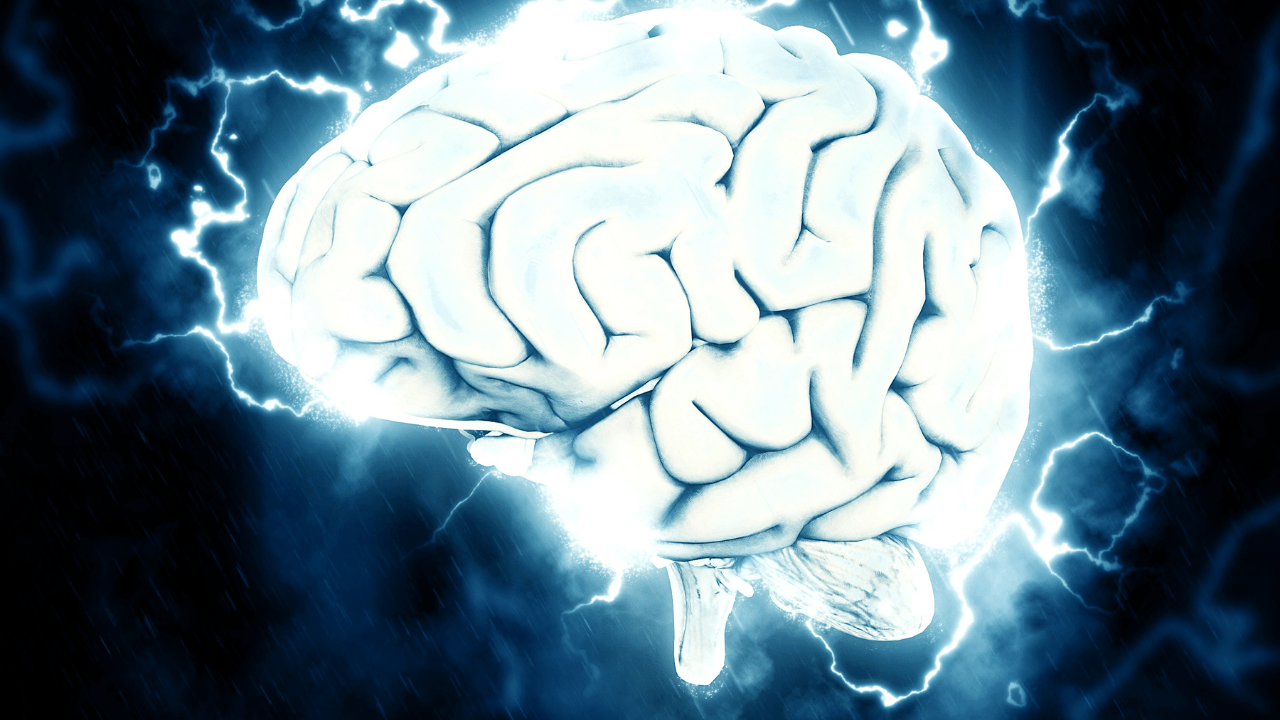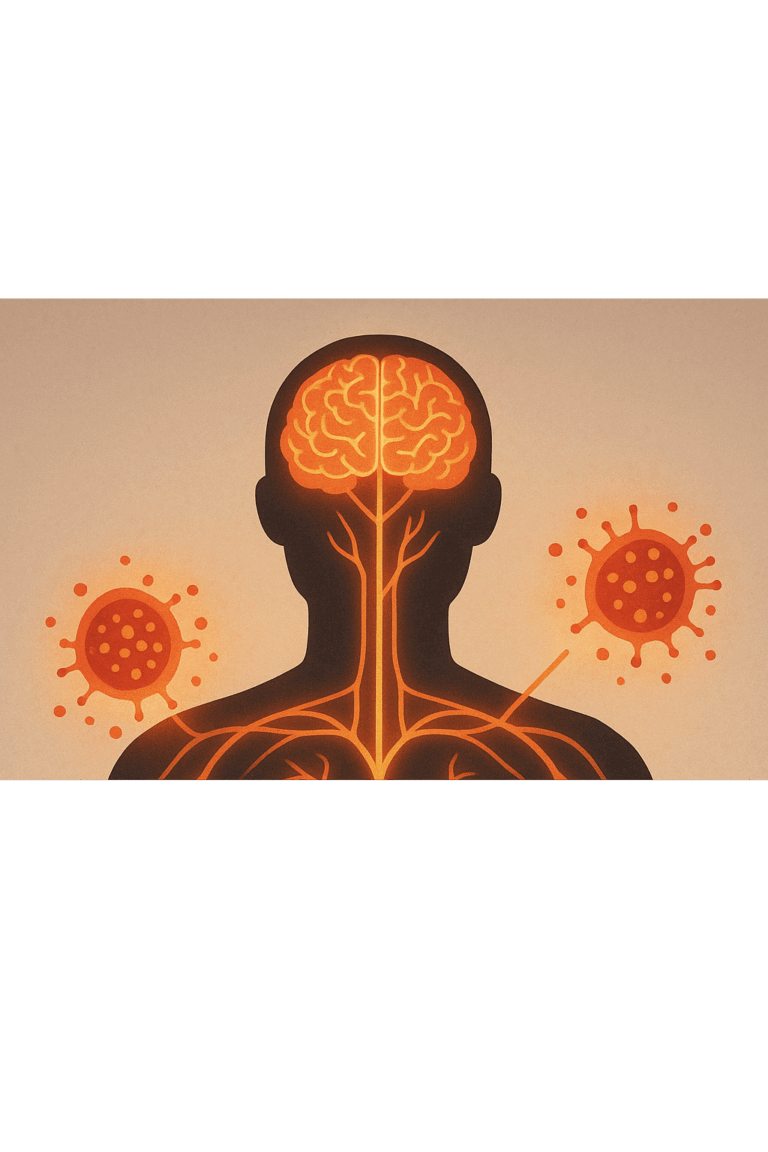- POTS and Exercise: The First Step Everyone Misses - 27 June 2025
- The Missing Link Between Breathlessness, Fatigue, and Chronic Pain: Understanding CO₂ Tolerance - 19 June 2025
- What is Mast Cell Activation Syndrome? - 12 May 2025
If you would prefer to listen to this article, please click below.
Over the last few years, I have talked a lot about the prevalence of Neurodiversity within the hypermobile population. And to be honest, it’s very important to do so!
Most studies find that over 50% of participants with a diagnosis of Autism, attention deficit hyperactivity disorder (ADHD), tic disorders, and Tourette syndrome are hypermobile, compared with just 20% from the general population.
So, guess what today’s article is going to be about?
Well, a fantastic new research study that potentially revolutionises our understanding of neurodevelopmental disorders.
Autism spectrum disorder (ASD) and attention-deficit/hyperactivity disorder (ADHD) are often spoken about in the same breath, not just because they’re both quite common, but due to the puzzle they present to those trying to understand the human brain. Despite their distinct symptoms, there’s always been a suspicion in the scientific community that the two share more than a few biological breadcrumbs. But it’s one thing to suspect, and quite another to find solid evidence pointing us in the right direction.
Recent research has taken us a step closer to understanding the complex dance between ASD and ADHD, shedding light on how these conditions affect the brain’s cortical thickness—that’s essentially the thickness of the brain’s surface. This might sound a bit technical, but stick with me; it’s actually quite fascinating. What researchers have discovered could help us better understand not just ASD and ADHD, but the very way our brains develop and function differently in these conditions.
The Puzzle of Overlapping Symptoms
Both manifest in early childhood, yet their symptoms and challenges can greatly vary. ASD is primarily associated with difficulties in social interaction, repetitive behaviours, and sometimes, remarkable talents or focus in specific areas. On the other hand, ADHD is characterized by a pervasive pattern of inattention, impulsivity, and, as the name suggests, hyperactivity that doesn’t always align with ASD’s profile.
But here’s where it gets interesting: despite these differences, a significant number of individuals find themselves at the crossroads of both conditions. This overlap has puzzled parents, educators, and clinicians alike.
Why do some children with ASD show signs typically associated with ADHD, and vice versa?
And more importantly, can understanding these overlaps provide us with keys to better support and interventions?
Research in the past has hinted at shared genetic factors and behavioural traits, but it’s the study of the brain itself that’s offering new, concrete insights. Scientists have started mapping out the brain in unprecedented detail, looking specifically at the cortical thickness, or in simpler terms, the thickness of the brain’s outer layer.
This layer is crucial for processing everything from sensory input to complex thoughts and emotions. By comparing the brains of those with ASD, those with ADHD, and typically developing controls, researchers aim to pinpoint where these conditions diverge and where they intersect.
Breaking Down the Study
During this ground-breaking study, researchers were driven by a crucial question: How do ASD and ADHD, two conditions known for their overlapping symptoms, differ and converge in terms of brain structure?
To find answers, they turned to the sophisticated technique of cortical thickness analysis, a method that measures the thickness of the brain’s cortex, or its outer layer, which is vital for cognitive functions and sensory processing.
The study was a comprehensive review, drawing from a wide net of previous research. Scientists sifted through databases from the very inception of such records until December 8, 2023, gathering data from studies that compared the cortical thickness in young people (under 18) with ASD or ADHD against typically developing controls.
This comparative meta-analysis pooled data from 12 datasets for ASD, involving 458 individuals, and 10 datasets for ADHD, with 383 individuals.
This approach allowed for a robust examination of the brain’s architecture across a significant sample size, offering insights into the nuanced differences and similarities between these two groups.
By employing this method, the researchers aimed to clarify the complex interplay between ASD and ADHD at the neurological level. Their goal was not just to identify which areas of the brain might differ in thickness but to understand how these differences could illuminate the distinct and shared pathways underlying each condition.
This, in turn, holds the potential to inform more targeted and effective interventions, making a tangible difference in the lives of those affected by ASD and ADHD.
The Findings
The meticulous analysis undertaken by researchers has brought to light some fascinating insights into how ASD and ADHD affect the brain’s cortical thickness. Let’s break down these findings:
- Both ASD and ADHD participants showed decreased cortical thickness in the right temporoparietal junction (TPJ). This area of the brain is involved in processing social information and attention, underscoring a shared neurological basis that may contribute to the overlapping symptoms observed in both disorders.
- Despite these similarities, the study also uncovered distinct patterns:
- In individuals with ASD, there was an increase in cortical thickness in areas such as the bilateral superior frontal gyrus, left middle temporal gyrus, and right superior parietal lobule. These areas are associated with functions like decision-making, language processing, and spatial orientation. Conversely, those with ADHD exhibited decreased cortical thickness in regions involved in sensory processing and motor control, including the bilateral precentral gyri and the right postcentral gyrus.
- In individuals with ASD, there was an increase in cortical thickness in areas such as the bilateral superior frontal gyrus, left middle temporal gyrus, and right superior parietal lobule. These areas are associated with functions like decision-making, language processing, and spatial orientation. Conversely, those with ADHD exhibited decreased cortical thickness in regions involved in sensory processing and motor control, including the bilateral precentral gyri and the right postcentral gyrus.
- A Deeper Look at TPJ: The TPJ’s decreased thickness was a point of convergence for both disorders but was noted to be part of different networks within the brain. This nuanced finding suggests that while both ASD and ADHD affect this region, they do so in ways that may relate to their distinct symptom profiles.
What This Means
The implications of these discoveries are profound, as the shared decrease in TPJ thickness, hints at a potential neurological underpinning for some of the challenges common to both ASD and ADHD, such as difficulties with attention and the interpretation of social cues.
Moreover, these findings enrich our understanding of neurodiversity and the spectrum of human brain development. They remind us that what might appear as behavioural or cognitive challenges are deeply rooted in the complex biology of the brain.
This essentially means, that the deeper knowledge of the neurological differences and similarities, offers a foundation upon which future research can build, potentially leading to breakthroughs in how we support individuals with ASD, ADHD, or both.
The identification of both shared and distinct cortical thickness alterations underscores the complexity of neurodevelopmental disorders. It challenges the medical community to think beyond one-size-fits-all approaches to treatment and support. For individuals living with ASD or ADHD, this research signifies hope—a hope for interventions that are as unique as their experiences and as precise as the science behind them.
By understanding the biological basis of these differences, we can move towards more inclusive practices in education, employment, and beyond. While this is one of the first to offer such critical insights into the cortical thickness variations associated with ASD and ADHD, it also serves as a stepping stone towards a future where every individual receives the understanding and support that they need to thrive but deserve.
But, there you have it, there are some pretty interesting studies going on at the moment, with hopefully more just around the corner.
Thanks for reading.
—The Fibro Guy—





